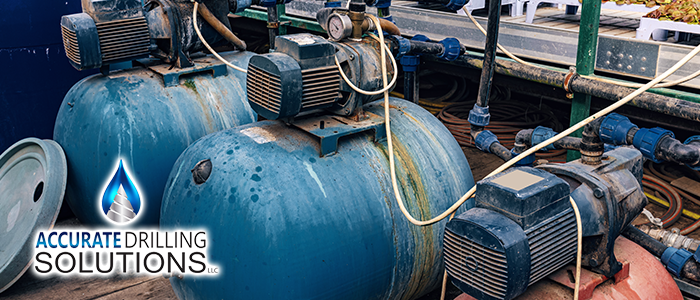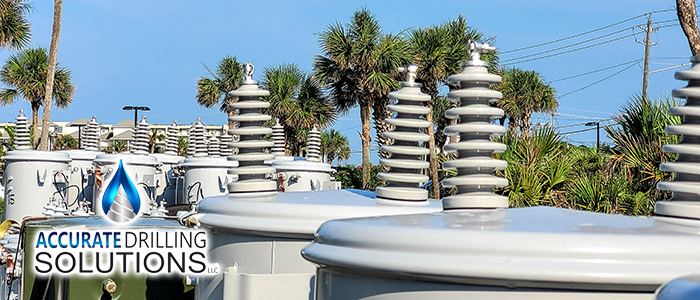
With wells being so reliable, it can be easy to forget that problems can and do occur. No matter how good your pump is or how well your contractor installed it, parts wear down and get tired with age, just like we do. As a homeowner and the operator of your own home well water system, what are some things you can keep in mind to ensure that you get the most out of your system for as long as you can? Luckily, a good number of these well maintenance tips are common sense. However, they’re important to review all the same if you want to make sure water comes out of the faucet every time you turn the dial.
1. Pay Attention to ANY Changes
Our top well maintenance tips are primarily about paying attention – particularly to changes in your well. Your aquifer isn’t going anywhere. Once installed, your pump system should work consistently and effectively for a long time. Once things start to change, you know it’s time for maintenance. Does your water taste funny instead of having its usual refreshing, crisp flavor? Does your water smell strange, has the color gone yellow or ruddy? More subtly, has the output from your faucets dropped recently? Beyond just the water – How’s the cover for your well? Mowing too close can damage the cover, weather can impact the seal, and any broken or compromised seal is a sure way for contaminants to enter your water supply.
2. Keep a Detailed Log
When keeping an eye out for changes, make it a routine to check a series of places with your well and note the status. You might forget minor dings over time, but when they’re staring you in the eye from a sheet of data, you can notice a pattern of damage or degradation. This is especially true when maintaining pressure control switches. These shut off when the well reaches a certain psi and come back on when it drops below a certain threshold. If it’s not operating within these bounds, you may need a new filter or have to remove a clog. Be sure to turn off the electrical power to any control switch before maintaining it to avoid electric shocks!
3. Watch Your Water Level
One of the trickier parts of maintenance is checking your water level. There are kits on the market that can help the process go a lot smoother, but it can still be touchy work, potentially introducing problems if not done carefully, which is why it is crucial to know or learn what you’re doing. It’s also important to know your water level. This is so no matter how you plan on maintenancing your well in the future; you know how much water you’re using.
4. Test the Water Annually
This is one of the most repeated well maintenance tips – common theme when discussing well water is the importance of annual testing – this is for a reason. We cannot overstate how vital water testing is. As time passes, populations of bacteria can establish themselves and become a problem if not caught early. Regular testing can also reveal trends the same way good record-keeping in your logbook can. There are a variety of home tests and kits that even beginners can use. However, our final tip is critical here:
5. Get Some Help!
Wells are complex machines with various systems keeping them running, and professionals have the know-how needed to safely and reliably maintain each of them. A professional test is the best way to guarantee your water quality reading is correct. It also helps save you repair and replacement costs in the future. By relying on the experts, you know that your well is the best that it can be. The technicians at Accurate Drilling will be more than happy to answer questions you may have about your well – whether it’s new or a hand-me-down. Give us a call today and get started on regular upkeep while your water’s still fresh!
continue reading
Related Posts
Dade City Commercial Water Solutions: A Complete Guide For businesses
North Port: Understanding Your Well System Options For homeowners and
Palmetto Business Owners’ Guide to Well System Efficiency For businesses





